The Types In A Nutshell
The Types in a Nutshell
ENTP: stubborn yet agreeable
ENFP: selfless yet independent
ENTJ: hypocritical yet righteous
ENFJ: outspoken yet thoughtful
ESTP: reckless yet careful
ESFP: focused yet active
ESTJ: demanding yet mellow
ESFJ: sympathetic yet strict
INTP: logical yet impulsive
INFP: friendly yet distant
INTJ: two-faced yet steady
INFJ: perfectionist yet negative
ISTP: domineering yet peaceful
ISFP: narrow yet resourceful
ISTJ: isolated yet popular
ISFJ: relaxed yet persistent
More Posts from Possiblyfromorion and Others
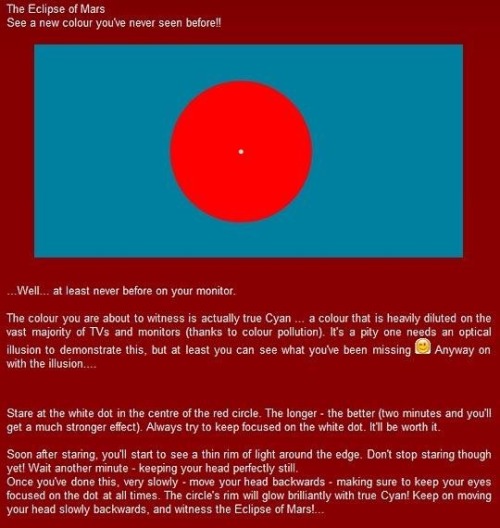










“I need some more water.” (X)
ENFP Fictional Tropes
Most ENFP characters fall under at least one trope. There are many cross overs in tropes and some ENFPs may not fit the categories presented. However, these tropes do loosely address the roles ENFP characters play in narratives.
The Idealist
These ENFPs see the very best in everyone they meet. They are often the person who will forgive and help the most villainous of characters. They often bring out the best in others by just being themselves. They don’t even need to actively help others, but inspire others with their dreams and ideals. Their enthusiasm brought on by their Ne is often enough. Combined with their Fi caring towards individuals makes the caring on top of it. The idealist ENFPs are usually the most optimistic characters you will find.

Examples: Kenneth Parnell (30 Rock), Antoine Triplett (Agents of S.H.I.E.L.D.), Mad Hatter (Disney’s Alice in Wonderland), Tara Maclay (Buffy: The Vampire Slayer), Eleventh Doctor (Doctor Who), Buddy the Elf (Elf), Nemo (Finding Nemo), Barry Allen (The Flash), Olaf (Frozen), Kiki (Kiki’s Delivery Service), Ariel (The Little Mermaid), Moana (Moana), Naruto Uzumaki (Naruto Shippuden), Henry Mills (Once Upon a Time), Capheus (Sense8), Joyce Byers (Stranger Things), Rapunzel (Tangled), Jessie (Toy Story), Kimmy Schmidt (Unbreakable Kimmy Schmidt), Ottoki Otoya (Uta No Prince Sama), and Tara Chambler (The Walking Dead).
The Activist
The Activist ENFP is often first struck with Ne curiosity in the world and the ideas within it and then as they shape their Fi they rally behind a certain cause. The ENFP Activist is passionate about their cause. They may break the rules of society and systems, but they will never turn against their individual cause. Just like the Idealist, the ENFP activist often inspires others, however, they inspire those to follow them. ENFP activists can be very persuasive, living their life in line with their beliefs.

Examples: Hayley Smith (American Dad), Aang (Avatar: The Last Airbender), Karen Page (Netflix’s Daredevil), Marshall Eriksen (How I met Your Mother), Cindy Lou Who (Ron Howard’s How the Grinch Stole Christmas), Helen Parr (The Incredibles), Ray Palmer/Atom (DCTVU), Erik Lensherr/Magneto (Marvel Comics and X-MenCU), Mike Wheeler (Stranger Things), Sir Thomas More (The Tudors), Sam Seaborn (The West Wing), and Judy Hopps (Zootopia).
The Salesman
This ENFP character can convince you of anything and sell you on their vision. Whether they are healthy or not, their Ne makes them idea people that inspire, their Fi helps them appeal to people and their individual sense of self. They make you think that they can help make all your dreams come true. Healthy or unhealthy, their Te can help them make you think their idea is your priority, like they have your interests at heart (combined with Fi). This can help them actually help you or help them completely swindle you. No matter what they will make you for at least a moment feel special as they take you on a romantic journey of your dreams.

Examples: Katherine Pierce (The Vampire Diaries), Genie (Aladdin), Walt Disney (Saving Mr. Banks), Randy Marsh (South Park), Tom Haverford (Parks & Recreation), Erlich (Silicon Valley), Taco (The League), Tiffany Doggett (Orange is the New Black), Michael Scott (NBC’s The Office), Christian (Moulin Rouge!), John Hammond (Jurassic Park), Thomas Jefferson (Hamilton: An American Musical), Bumi (Avatar: The Legend of Korra), Gob Bluth (Arrested Development), and Malcolm Merlyn (Arrow).
The Prince
This is the darker side of the ENFP. They are probably the most self-involved trope. They believe their their wants are the needs of others. They demand others to serve their personal priorities. They often don’t see their work as selfish, but part of a greater cause or purpose. However, they are usually looping ENFPs. Many Prince ENFPs find themselves in leadership positions because they are over using their tertiary Te that they think is morally just because of their minimal use of their secondary Fi function. They use Te objectivity as a shield against their own subjective motives of Fi-Si. These types often have potential to be more positive tropes, but have faltered in their quest to satisfy their inferior function fears and desires.

Examples: Ice King (Adventure Time), Malcolm Merlyn (Arrow), Cheryl Tunt (Archer), The Master (Doctor Who-10th Doctor Era), King Richard, Jaime Lannister (Game of Thrones), Ronald Weasley (Harry Potter Series), Sean McGinnes (Hell on Wheels), Willis ‘Diamondback’ Stryker (Luke Cage), Julia (Syfy’s The Magicians), Erik Lensherr/Magneto (Marvel Comics/X-Men Cinematic Universe), Obito Uchiha (Naruto Shippuden), Peter Pan (Once Upon a Time), Marshal D. Teach “Blackbeard” (One Piece), Klaus Mikaelson (The Vampire Diaries/The Originals), and Catherine Earnshaw (Wuthering Heights).
The Champion Leader
ENFP leaders become so in their hope to help others. They are concerned with the forgotten because of their Introverted Feeling. They are a champion of a cause like the activist, but find themselves leading others in order to accomplish their goals. Their leadership style isn’t one of intense organization, but of individuality and independence. They are often because of Ne-Fi on the ground doing tasks with their followers in order to accomplish group goals. They have a hard time delegating, standing back and letting only others enjoy the fun of the action. This is due to their Ne being more present oriented and Fi being a function that can’t be used conceptually, but perceptually. The ENFP leader is far more comfortable helping others in the situation rather than apart from it.

Examples: Clark Kent/Superman (DC), Renly Baratheon (Game of Thrones), Chris (Bravest Warriors), Peter Quill (Guardians of the Galaxy), King Arthur (Mists of Avalon), Moana (Moana), Hashirama Senju (Naruto Shippuden), Peter Pan (Disney’s Peter Pan), Monkey D. Luffy (One Piece), Dr. Alexander Sweet (Penny Dreadful), Erik Lensherr/Magneto (Marvel/X-Men Cinematic Universe), and Captain Kirk (Star Trek).
The Goof
This is the most under-estimated ENFP character. They come off is aloof, odd, and carefree on the surface. But this is often a misread. The ENFP goof is often wandering the unbeaten Ne dominance path, seeing things differently in ways that other types can’t accept or don’t understand. Their sense of genius is mistaken for oddity. They usually surprise others with their intelligence and success, because it is never how others would go about completing a given task or goal. Their genius word play is often seen as simply humorous rather than an indicator of a deeper intelligence.

Examples: Mabel Pines (Gravity Falls), Second Doctor & Eleventh Doctor (Doctor Who), Troy Barnes (Community), Fez (That ‘70s Show), Gregory (Over the Garden Wall), Spongebob Squarepants (Spondgebob Squarepants), Bing Bong (Inside Out), Hugo ‘Hurley’ Reyes (LOST), Bert (Morry Poppins), Mei (My Neighbor Totoro), Winston Bishop (New Girl), Erin Hannon (NBC’s The Office), Russell (Up), Lorelai Gilmore (Gilmore Girls), Madam Mim (The Sword in the Stone), Gene Belcher (Bob’s Burgers), Scooby-Doo (Scooby-Doo, Where Are You?), Peter Quill (Guardians of the Galaxy), and Bolin (Avatar: The Legend of Korra).








Well, this is definitely the most fun I’ve had while making a post.
Inspired by this one from capnphaggit. Images & copyrights: Trifid Nebula (M20) by Marcus Davies, The Cat’s Eye Nebula and Star-forming region Sharpless 2-106 by NASA, ESA, the Hubble Heritage Team (STScI/AURA). Please don’t remove the credits.

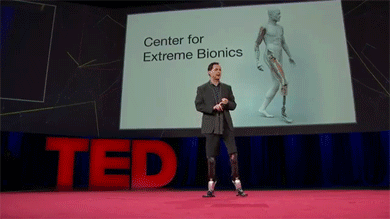
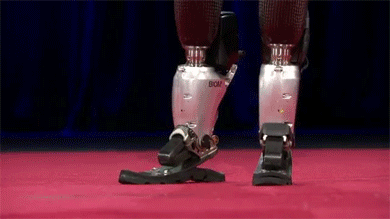

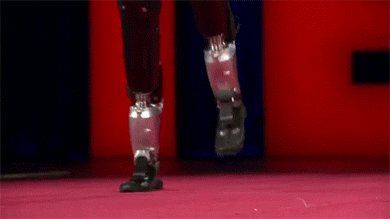

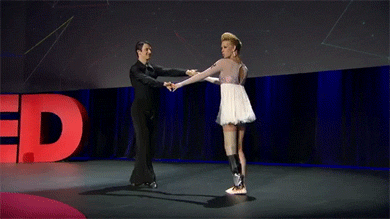
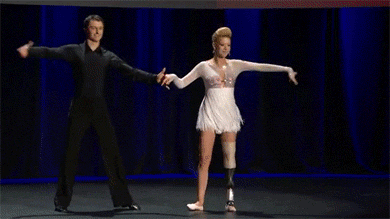
Hugh Herr: The new bionics that let us run, climb and dance
“I’ve found that growing up means being honest. About what I want. What I need. What I feel. Who I am.”
—
Epiphany

20 Cognitive Biases That Screw Up Your Decisions
Remember that everyone, including you and me, suffers from these biases. If you find that you’re trying to convince yourself that you’re special, that somehow these biases don’t apply to you, then you’re only intensifying their influence. Here are a few choice biases that are hidden around every corner:
Availability Heuristic: People overestimate the importance of information that is available to them. A person might argue that smoking is not unhealthy because they know someone who lived to 100 and smoked three packs a day.
Bandwagon Effect: The probability of one person adopting a belief increases based on the number of people who hold that belief. This is a powerful form of groupthink.
Choice-supportive Bias: When you choose something, you tend to feel positive about it, even that choice has flaws. Like how you think your dog is awesome–even if it bites people once in a while.
Clustering Illusion: This is the tendency to see patterns in random events. It is key to various gambling fallacies, like the idea that red is more or less likely to turn up on a roulette table after a string of reds.
Confirmation Bias: We tend to listen only to information that confirms our preconceptions–one of the many reason it’s so hard to have an intelligent conversation about climate change.
Selective Perception: Allowing our expectations to influence how we perceive the world. An experiment involving a football game between students from two universities shows that one team saw the opposing team commit more infractions.
Stereotyping: Expecting a group or person to have certain qualities without having real information about the person. It allows us to quickly identify strangers as friends or enemies, but people tend to overuse and abuse it.
Look, all you science-types classifying “bugs” with your “science names”. Just stop it. The truth is out there. Those are fairies and you know it.

Jeweled flower mantis? That’s a fairy.

Lace bug? Nice try, government. FAIRY.
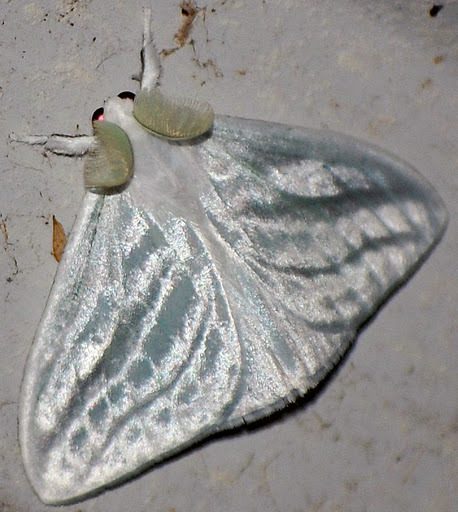
Satin moth? FUCK YOU. FAIRY.
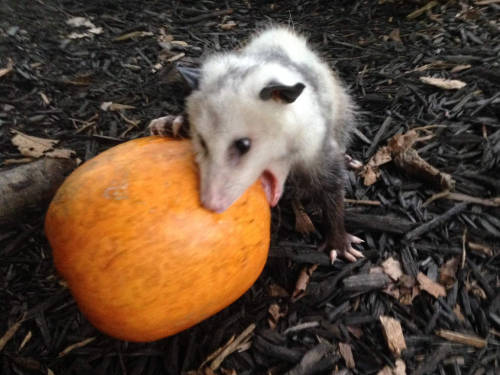
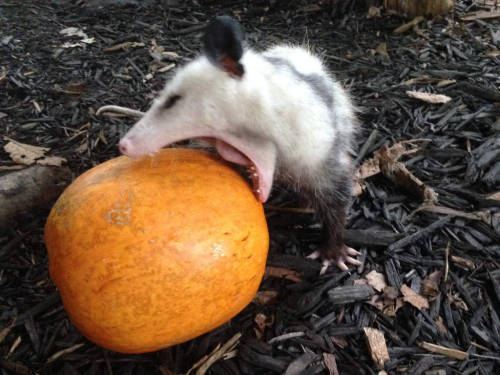
feast, my child
-
 vvv1510 liked this · 1 year ago
vvv1510 liked this · 1 year ago -
 magicgail reblogged this · 1 year ago
magicgail reblogged this · 1 year ago -
 magicgail liked this · 1 year ago
magicgail liked this · 1 year ago -
 verygiverturtle liked this · 1 year ago
verygiverturtle liked this · 1 year ago -
 magicalcosmiccookie liked this · 1 year ago
magicalcosmiccookie liked this · 1 year ago -
 justmekas liked this · 2 years ago
justmekas liked this · 2 years ago -
 edgysketchy liked this · 3 years ago
edgysketchy liked this · 3 years ago -
 thesweetintr0vert reblogged this · 3 years ago
thesweetintr0vert reblogged this · 3 years ago -
 ammanuel-roberts liked this · 3 years ago
ammanuel-roberts liked this · 3 years ago -
 h5381683916 liked this · 3 years ago
h5381683916 liked this · 3 years ago -
 psychopomp404 liked this · 3 years ago
psychopomp404 liked this · 3 years ago -
 cladistic liked this · 4 years ago
cladistic liked this · 4 years ago -
 anteikuz reblogged this · 4 years ago
anteikuz reblogged this · 4 years ago -
 rubyartli liked this · 4 years ago
rubyartli liked this · 4 years ago -
 green-shampoo liked this · 4 years ago
green-shampoo liked this · 4 years ago -
 never-trust-a-duck-2512 liked this · 4 years ago
never-trust-a-duck-2512 liked this · 4 years ago -
 teddyhickman liked this · 4 years ago
teddyhickman liked this · 4 years ago -
 starpantskullshirt liked this · 4 years ago
starpantskullshirt liked this · 4 years ago -
 altruistic-newt liked this · 4 years ago
altruistic-newt liked this · 4 years ago -
 solikerez liked this · 4 years ago
solikerez liked this · 4 years ago -
 dorilori reblogged this · 4 years ago
dorilori reblogged this · 4 years ago -
 ohthenovelty liked this · 4 years ago
ohthenovelty liked this · 4 years ago -
 nolongerlio liked this · 4 years ago
nolongerlio liked this · 4 years ago -
 irrobyn liked this · 4 years ago
irrobyn liked this · 4 years ago -
 princess-of-water-lilies liked this · 4 years ago
princess-of-water-lilies liked this · 4 years ago -
 thesalma85 liked this · 5 years ago
thesalma85 liked this · 5 years ago -
 writingwanderlust reblogged this · 5 years ago
writingwanderlust reblogged this · 5 years ago -
 probably-ika liked this · 5 years ago
probably-ika liked this · 5 years ago -
 alcmeneinfp reblogged this · 5 years ago
alcmeneinfp reblogged this · 5 years ago -
 cerata213 liked this · 5 years ago
cerata213 liked this · 5 years ago -
 lou-senpai liked this · 5 years ago
lou-senpai liked this · 5 years ago -
 imfreetobewhateveri reblogged this · 5 years ago
imfreetobewhateveri reblogged this · 5 years ago -
 infj-arli reblogged this · 5 years ago
infj-arli reblogged this · 5 years ago -
 clearskiesalloveryou liked this · 5 years ago
clearskiesalloveryou liked this · 5 years ago -
 s-b-e-a-r liked this · 5 years ago
s-b-e-a-r liked this · 5 years ago -
 friednickelzippertoad liked this · 5 years ago
friednickelzippertoad liked this · 5 years ago -
 judacraz liked this · 5 years ago
judacraz liked this · 5 years ago -
 shuperr reblogged this · 5 years ago
shuperr reblogged this · 5 years ago -
 shuperr liked this · 5 years ago
shuperr liked this · 5 years ago
